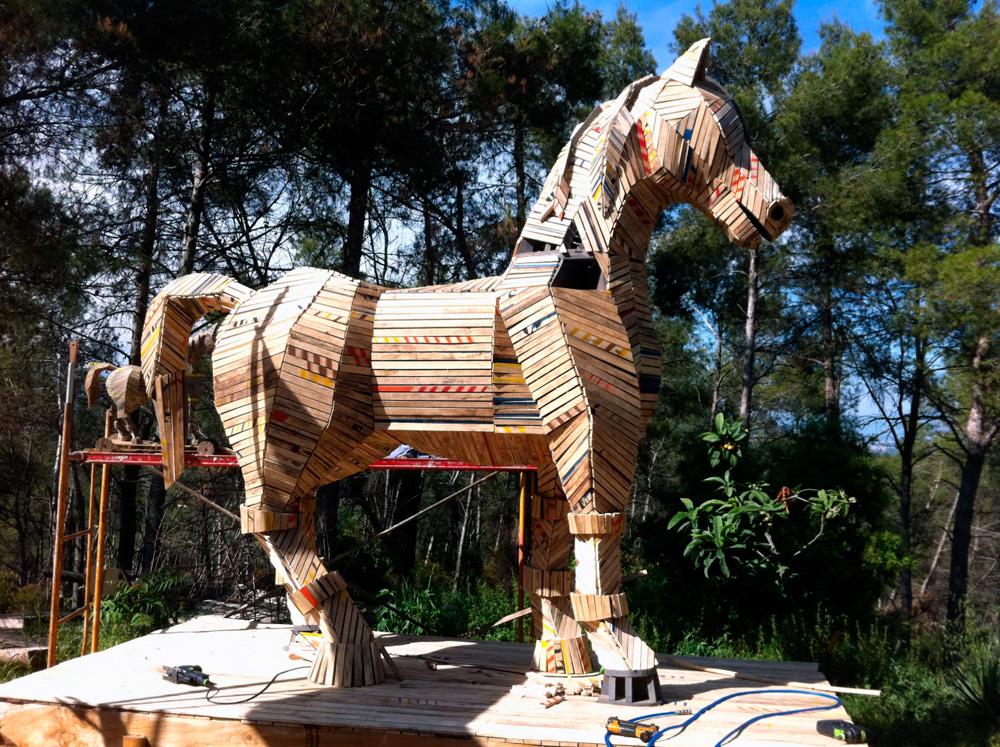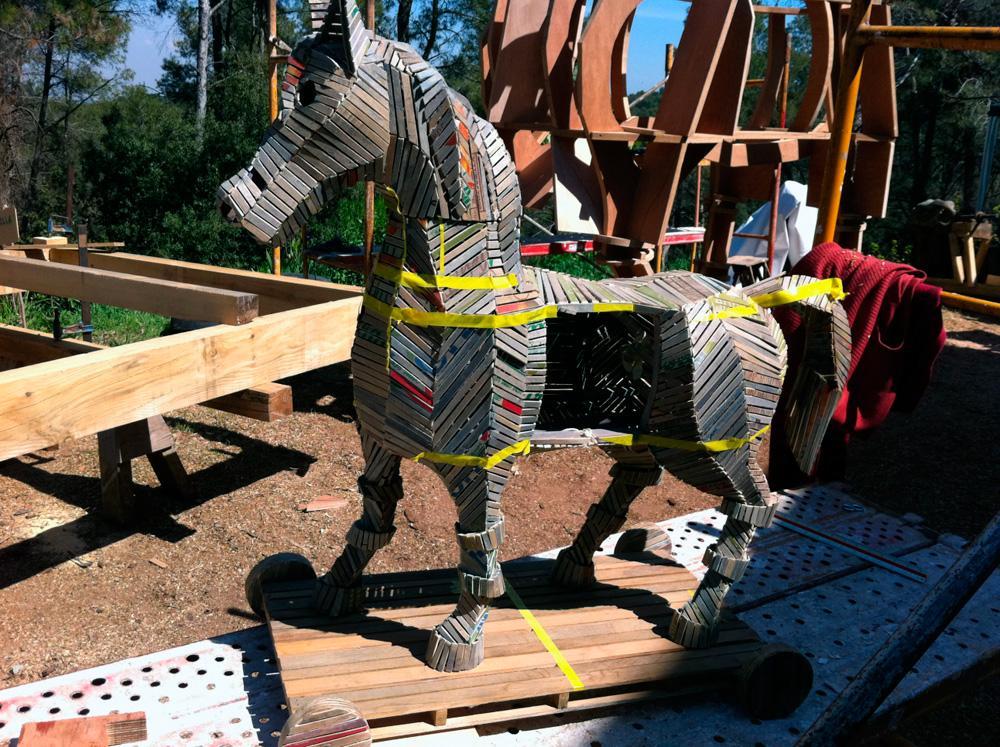The Trojan horse was a device in the shape of a huge wooden horse that is mentioned in the history of the Trojan War and was used by the Greeks as a strategy to enter the fortified city of Troy. Taken by the Trojans as a sign of their victory, the horse was taken inside the gigantic walls, without knowing that several enemy soldiers were hiding inside. During the night, the warriors left their horses, killed the sentinels and opened the city gates to allow the Greek army to enter, causing the final fall of Troy. The oldest source that mentions the Trojan horse, albeit briefly, is Homer's Odyssey. Later, other authors offered more extensive accounts of the myth, among which the narrative included in Virgil's Aeneid stands out.
The Trojan horse is generally considered a mythical creation, but it has also been debated whether it could have actually existed and was a war machine transfigured by the chroniclers' fantasy. Either way, it proved to be a fertile literary as well as artistic motif, and since ancient times it has been reproduced in countless poems, novels, paintings, sculptures, monuments, films and other media, including cartoons and toys. Likewise, in recent times, several hypothetical reconstructions of the horse have been made. In addition to this, it has given rise to two idiomatic expressions: "Trojan horse"; that is, a destructive deception, and "Greek present", something conceived as apparently pleasant but that brings with it serious consequences.

















